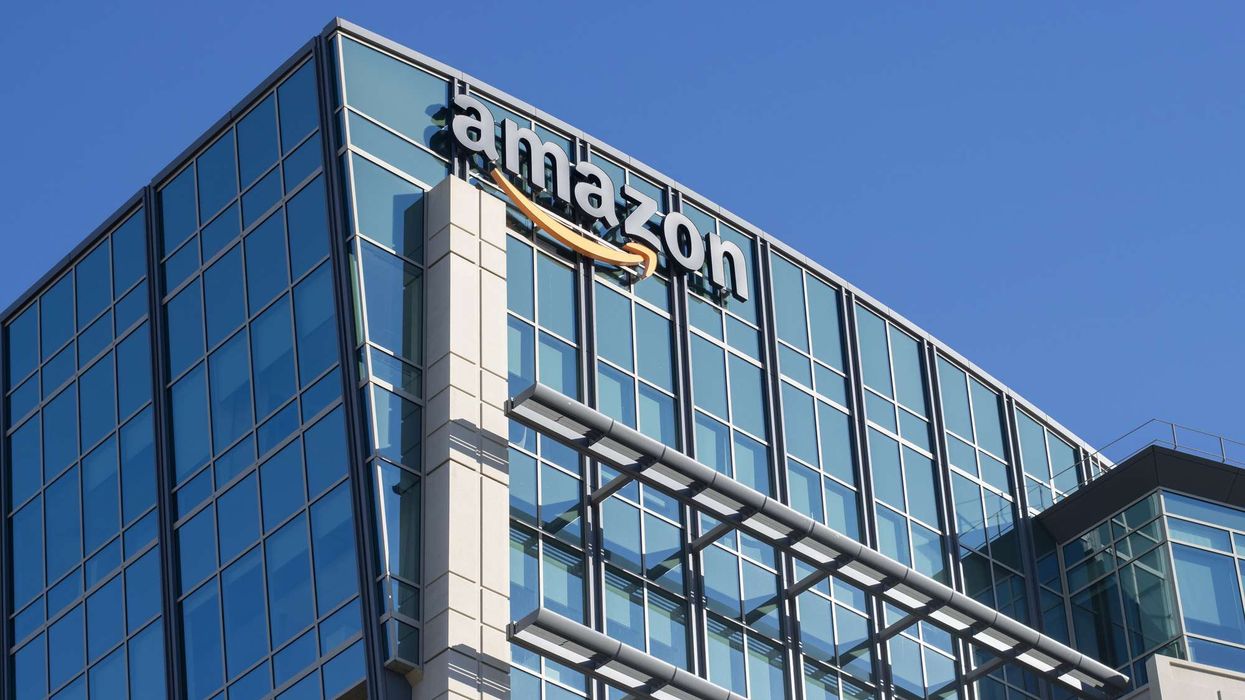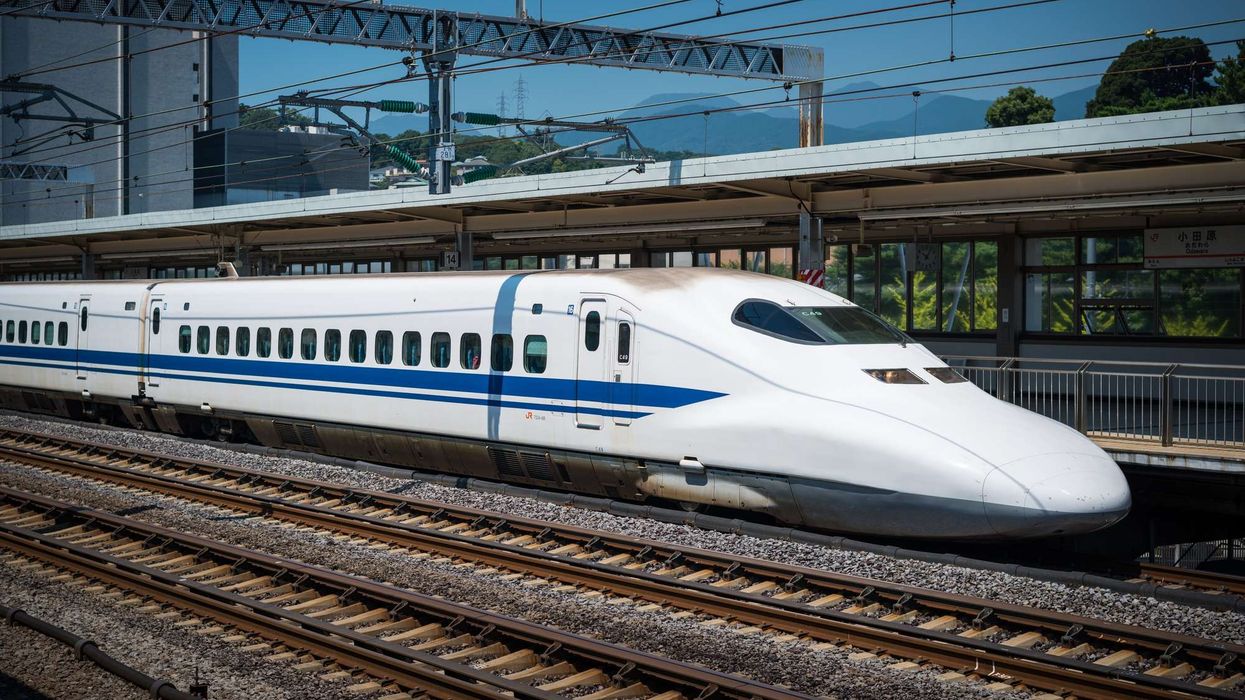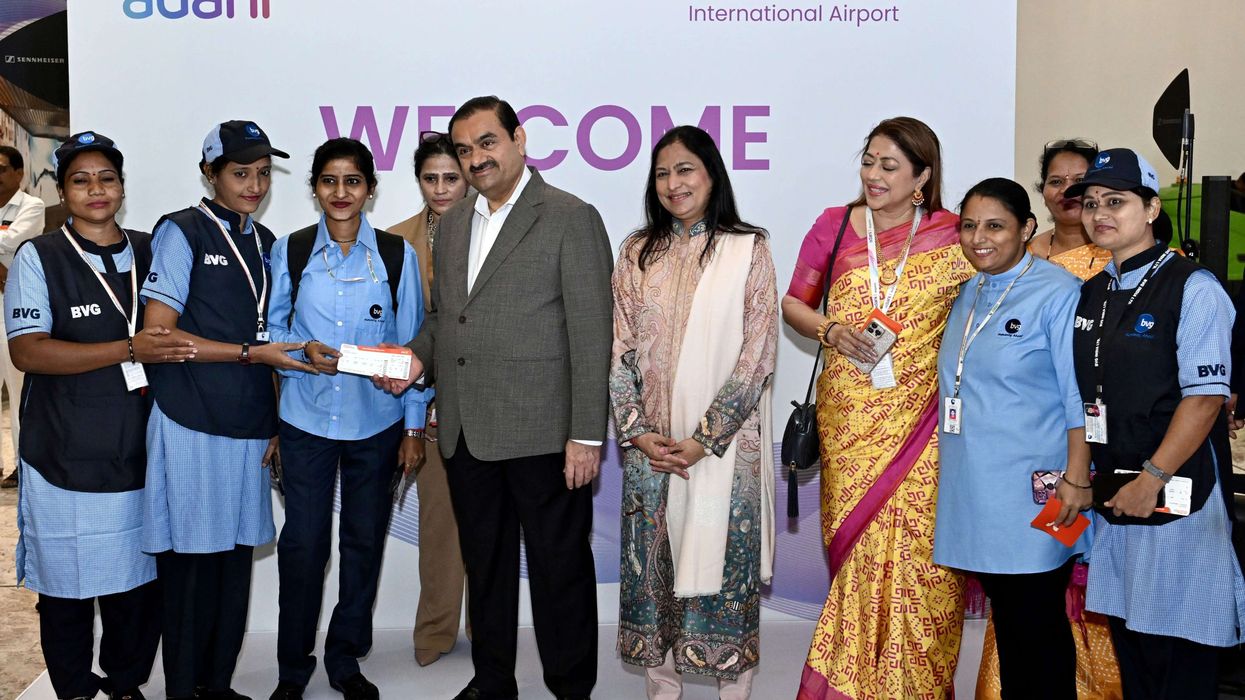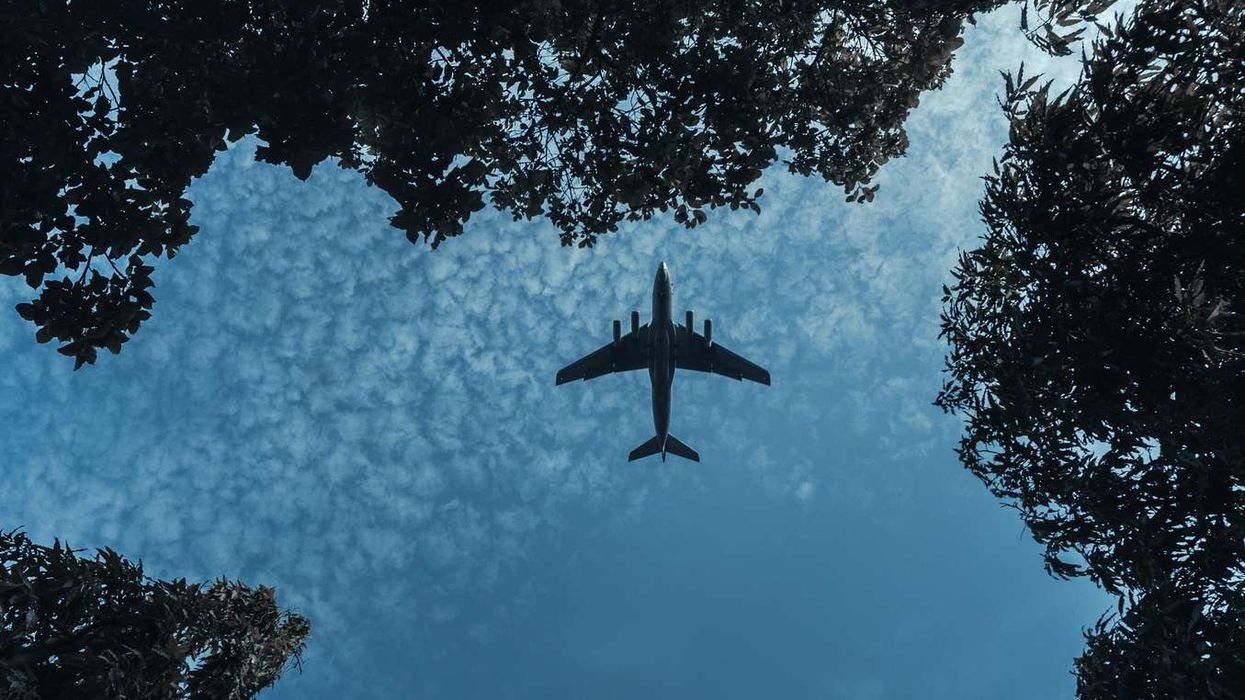Summary:
- U.S. companies risk losing more than $2.4 trillion in sales due to underinvestment in business travel, says GBTA.
- An 8.3 percent T&E increase could drive a 6 percent sales gain, despite post-COVID virtual meeting tools.
- Current T&E spending is $294 billion—$24 billion short of the $319.1 billion needed for peak profitability.
U.S. COMPANIES ARE missing more than $2.4 trillion in potential sales due to underinvestment in business travel, according to a Global Business Travel Association report. Despite a post-pandemic rebound, travel and entertainment spending remains $66 billion below 2019 levels.
The report, “T&E and the Bottom-Line: Quantifying the Return on Investment of U.S. Business Travel,” released by GBTA and the American Society of Travel Advisors, found that an 8.3 percent increase in T&E could yield a 6 percent increase in sales, even accounting for post-COVID investments in virtual meeting platforms.
“This research confirms that business travel is not an arbitrary cost center—it’s a lever for growth,” said Suzanne Neufang, CEO of GBTA. “In times of uncertainty and economic pressure, its value becomes even more important. Yet U.S. companies are falling short, underinvesting in travel for work, which is essential to remain competitive in today’s changing markets.”
U.S. business travel yields a 14.6x return—$14.60 in net operating margin for every $1 spent, the report said. Current T&E investment is $294 billion, about $24 billion below the $319.1 billion needed to maximize profitability.
“While acknowledging the role of virtual meetings, our analysis shows that companies that invest effectively in purpose-driven business travel can see significant gains in sales, revenue, and profitability,” Neufang said.
Based on data from 2000 to 2024 across 14 U.S. industries, the GBTA ROI study finds the gap between current and optimal T&E investment has widened. In 2010, firms needed a 2.2 percent increase to reach optimal levels; that figure is now 8.3 percent. The study also finds that virtual meeting technologies have not closed the gap, even in recent years.
The report identifies sales opportunities in retail and wholesale at $179 billion, financial services at $145 billion, and health and education at $87 billion, all tied to below-optimal travel spending. In sectors like real estate and information and communication, where travel is core to operations, the per-employee gap is larger, indicating potential for strong returns from targeted increases.
On average, $184 more per employee annually could close the gap, with increases ranging from $34 in health services to $920 in real estate. Business travel spending has grown 1.5 percent annually since 2000, with faster growth post-pandemic, while its share of total sales fell from 1.28 percent to 0.72 percent—indicating greater efficiency per travel dollar.
The study notes that companies maintaining higher travel levels during downturns, such as the 2008–2010 recession and the COVID-19 pandemic, recovered faster and outperformed peers. Further cuts to business travel could reduce economic output and weaken corporate earnings.
GBTA plans to release follow-up reports with insights by corporation and industry, and on the impact of managed travel and travel management companies.
In June, more than 100 GBTA members and constituents met in Washington, D.C., for the 2025 U.S. Legislative Summit to advocate for business travel.













